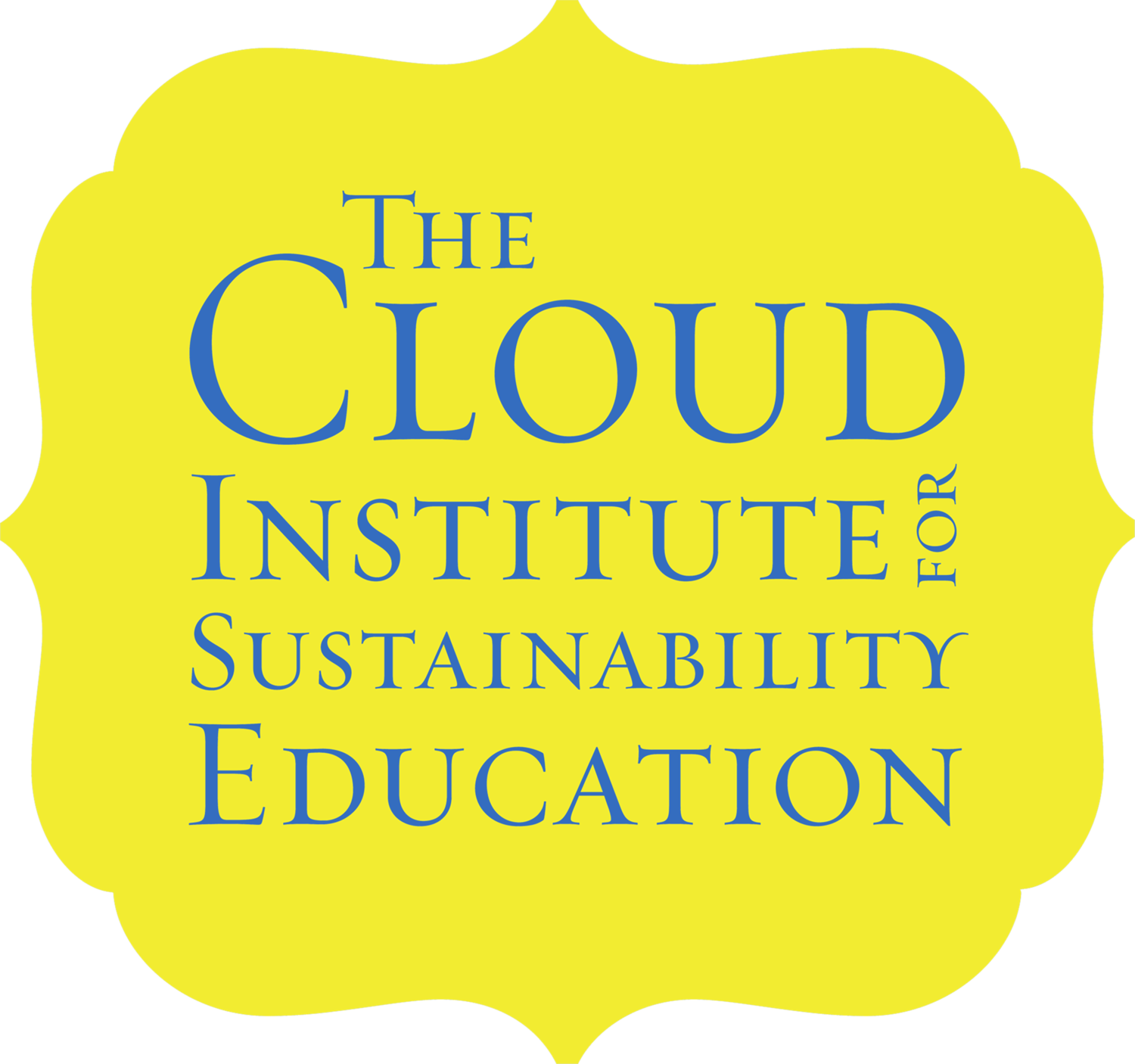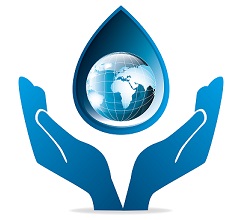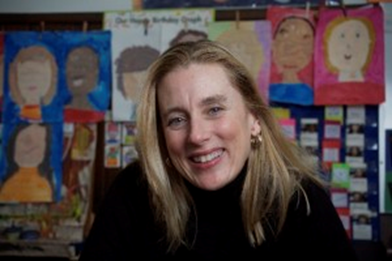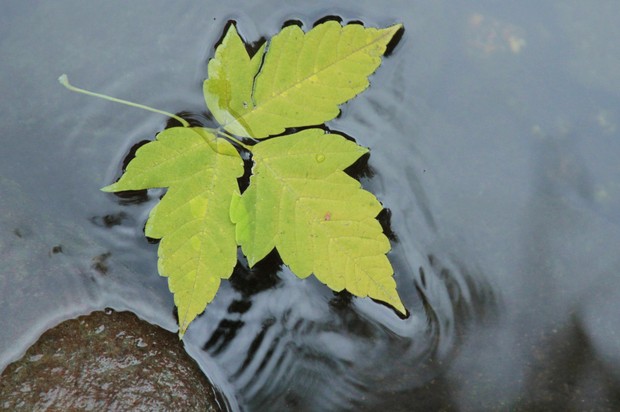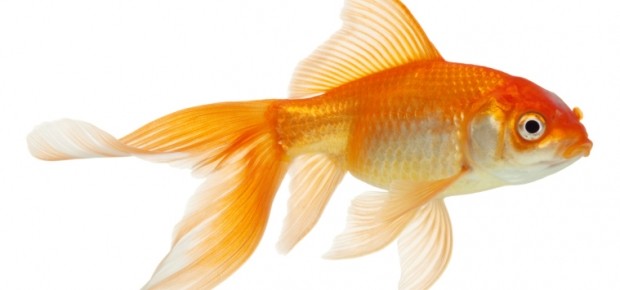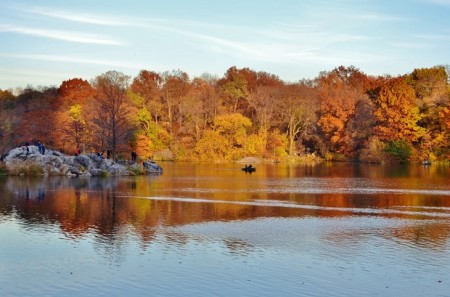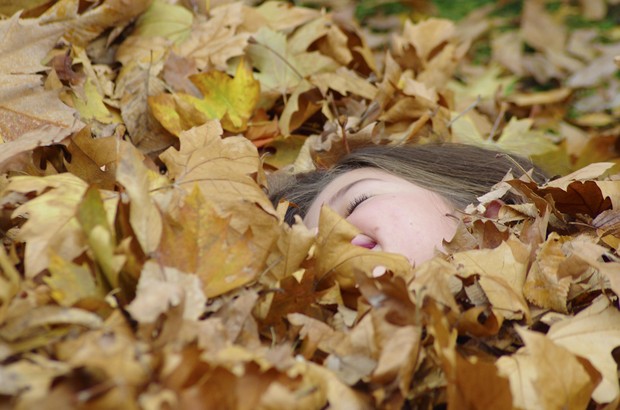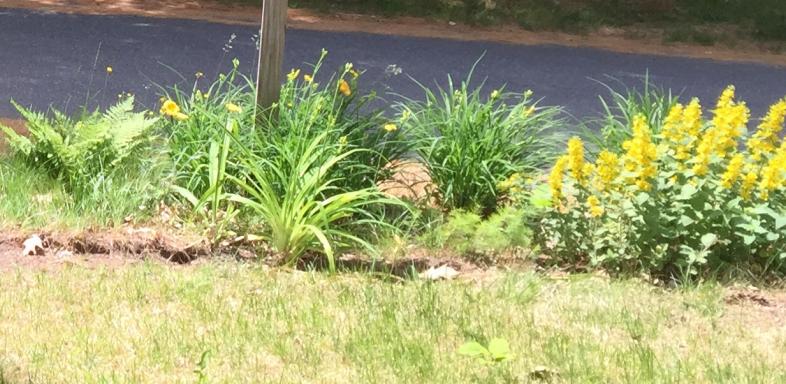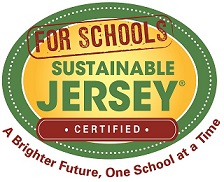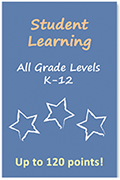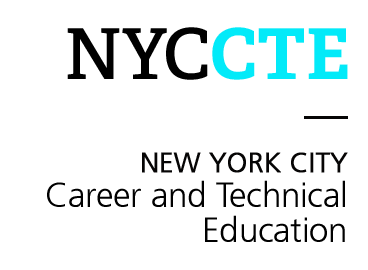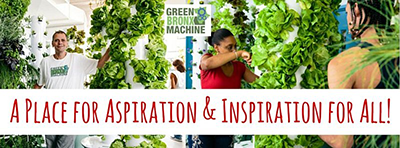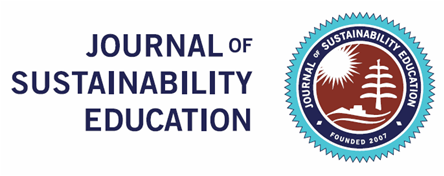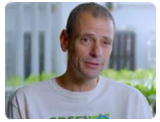Repost with permission from: http://blogs.bard.edu/mba/2015/06/16/want-a-sustainable-future-educate-for-it, & https://christinelizblog.wordpress.com/2015/04/25/want-a-sustainable-future-educate-for-it
Published June, 2015. Written by Christine Kennedy
Jaimie Cloud, Founder of the Cloud Institute for Sustainability Education, with other education reformers, is looking to change K-12 education to create citizens ready for the challenges of the 21st century and beyond. She has built principles and curricula supporting Education for Sustainability. The list of school districts that she has helped transform are on the Cloud Institute website’s client list.
Education for Sustainability stands in contrast to Educating about Unsustainability: the depressing story of how much is wrong with the world and how horrible we are as humans for destroying the planet and each other. While many feel that “fear, doubt and uncertainty” is an effective way to wake people up, Cloud believes that it has the opposite effect on the psyche. The brain shuts down when it perceives a threat and stops participating, leaving the body to fight or flight. A disengaged brain is not effective if you’re trying to change mindsets. Jaimie tells a story about her preschool daughter coming home sad that “air pollution is bad.” She didn’t fully understand why or even what air was but while she knew that bad stuff was out there, she didn’t know what she was supposed to do about it. What a burden for a 3 year old!
Educating about Sustainability presents a hopeful view of a new future: good food, community, living within planetary boundaries, meaningful work, and joy. Jamie feels, however, that prior efforts at this lacked the competencies for building this wonderful future. She has set out to remedy that.
Educating for Sustainability (EfS) is based on the belief that we must create new neural connections. Cloud suggests “an alternative to the air pollution story teaching children about the reciprocation of plants and humans: humans breathe out CO2 which plants use to create food and give out O2 that humans can breathe in to support life.” What student wouldn’t appreciate plants after that type of lesson? Of course this is a very simplistic view of the CO2 problem, as it relates to climate change, but it’s a foundation level appropriate for pre-school that can then support advanced learning in planetary systems as a child progresses through school.
Cloud’s journey toward EfS begins in Evanston, Illinois, as a student in one of the first Global Education schools. It was 1968, the Vietnam era. The world was in turmoil, and schools were not immune. Global Education was created by professors at various universities with schools of education who came to believe that U.S. schools didn’t prepare their students for the complexity, diversity and uncertainty of the world around them. They came together to create curricula to ready students for the 21st century, which was still 30 years away.
Students, even as early as 6th grade, began to track data about the planet: the loss of languages and biodiversity, the changes to the atmosphere. The data they collected showed that many aspects about our planet were in decline. Cloud felt like “the boy in the story of the Emperor’s New Clothes. Didn’t anybody else see the problem?”
In 1987 with the Brundtland “Our Common Future” report that there was a name for this: unsustainable. The 1992 Rio Summit then created Agenda 21, a roadmap for sustainability. Within this was Chapter 36 delineating the first set of competencies needed to educate young people for the future. Using her early schooling and the UN’s new competencies, Cloud began collecting and collating curricula for Educating for Sustainability from around the globe: working with NGOs, University Centers, Ministers of Education, local schools.
Today, there is more pressure for schools to reinvent their curriculum through the lens of sustainability. The Center for Green Schools from the United States Green Building Council (USGBC) has a goal that every school becomes a green school in this generation. The U.S. Department of Education has set 3 pillars to define a Green School: 1) health of occupants, 2) green building and 3) curriculum and instruction. The first two pillars have more data and better defined standards. The third pillar is less defined and caught in the trap many feel that that EfS, Educating about Sustainability and Education about Unsustainable are equivalent. Outcomes of these different pedagogies need field analysis.
A three issue series in the Journal of Sustainability Education, seeking to bring the field together in a coherent manner, is being guest edited by Cloud. The first was issued in late 2014. The theme is an invitation to scholars and thought leaders to weigh in on the essentials. A matrix of their work was created that spanned nine competency categories. The second issue, currently being edited, is a meta-analysis of the information received using grounded theory methodology to create benchmarks and measure impact. The third issue will call for exemplars based on the nine competencies matrix and the meta-analysis.
What Cloud is doing is somewhat risky. Even Cloud Institute’s framework could need to change based on the creation of the new pillars. “But it’s worth the risk so that there can be a meshed framework”, says Cloud. She believes that “one big area that needs to be included as a standard now as a result of our consensus process is the epistemology of thought: cognitive frameworks or ‘thinking about thinking.’ ”. It is difficult to shift mental models if you can’t recognize them or have language to describe them.
With all this is exciting work, there is still frustration. Many sectors—government, business, energy, food, design—are addressing global un-sustainability, but to date, K-12 education has not been invited to the discussion table. There is little investment from the corporate or philanthropic worlds. Cloud has three ideas for why this is the case:
1) Education, for good reason, is not considered innovative. For many, school was the least creative experience of their lives and they’ve had to unlearn mental models that keep them from building a sustainable world. To transform society we need to transform education. This is a daunting task.
2) Investment in education is considered a 20-year payback and there aren’t 20 years to make the shift. “This is a classic misunderstanding of the power of youth leadership,” says Cloud. Young people are not afraid of innovation and their minds are creative, as long as they are given permission to use them. Adults who will not change their mindset for their own sake will break through mental brick walls for their children. See organizations like Teens Turning Green or Two Angry Moms.
3) On the school side, branding as “Education for Sustainability” sounds like there is an agenda. However, once educators see the curricula and programming they realize it is a curriculum based in meta-cognition, science, math, humanities and everything that goes into a good education.
The biggest barrier is understanding what EfS is all about. The EfS standards complement and can help make come alive the non-negotiable standards being imposed on school districts.
Some of the most enthusiastic supporters are underserved communities. The whole idea of sustainability is built around a positive reinforcing loop of justice, community health, and elimination of poverty. For teachers, it’s not just another set of standards they need to meet; teachers are remembering why they became educators.
I can’t help but be excited every time I talk to Jaimie. It is “joyful work” for her.
How can we all help her bring the vision of EfS to life? As a parent, you can encourage your local schools to engage in the EfS revolution. As an educator, build the competencies into your curriculum. As a sustainability leader, bring educators to the table. As a citizen, support and advocate for systems that make a difference.
Originally published on Fairy Ninjas, Christine Kennedy’s personal blog. Christine is a scientist and engineer who sparks connections between people and ideas. She has experience with product development and sustainability impact metrics. Her objective is to make science accessible and relevant to a diverse population driving better social, economic and environmental solutions. She completed her Bard MBA in Sustainability in May 2015. You can follow her @CKennedySTEM

